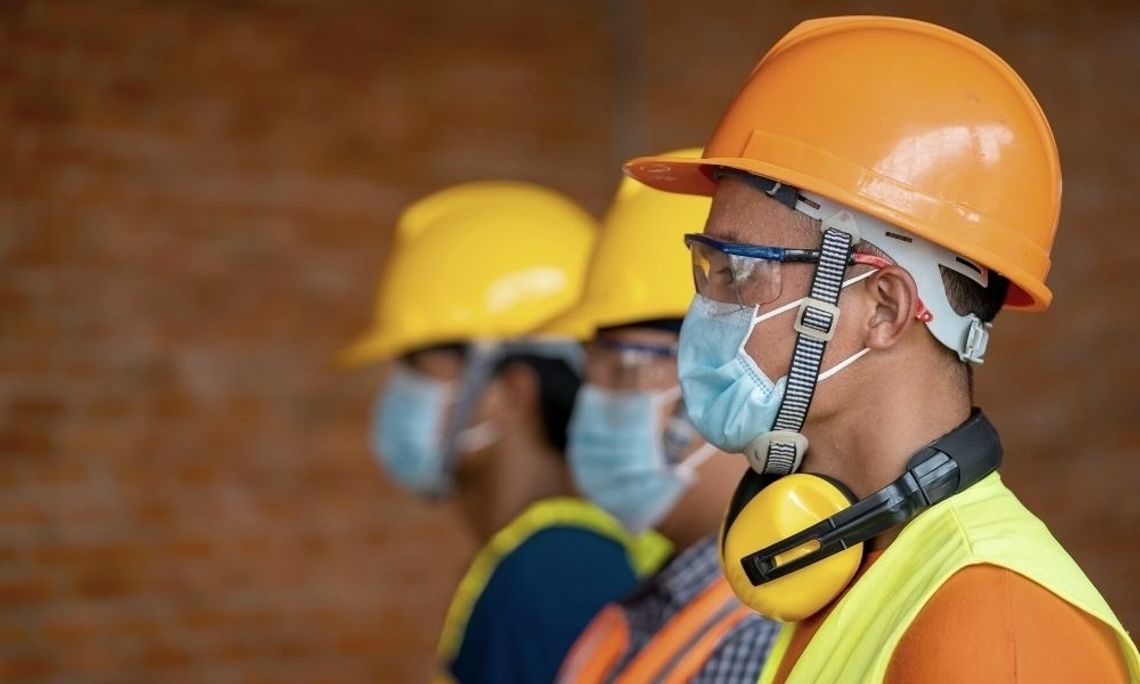As essential workers, construction crews are still hard at work despite the COVID-19 pandemic. As a result, OSHA has been reviewing safety guidelines to keep workers as safe as possible. Construction crews have had to practice strict cautionary and preventative measures to avoid outbreaks amongst their construction sites. To make sure your workers are doing everything they can, here are some safety tips for construction workers during COVID-19.
Develop On-Site Procedures
From a managerial perspective, having strict procedures and guidelines in place will make sure your workers are taking thorough precautions to reduce the chances for disease. However, should disease occur, your procedures should mandate that the sick worker be sent home and quarantined immediately so that they can’t infect the rest of your crew. Luckily, the CDC’s guidelines are a great resource for creating effective procedures to implement into your site; these should be considered as powerful a tool as OSHA for the best safety practices.
Before every shift, every worker should be prescreened to ensure nothing has changed in their condition. COVID-19 can be subtle and symptoms don’t always appear right away. Practices such as taking a worker’s temperature each day can help to keep an eye on their health and prevent outbreaks by intervening the moment any abnormalities are detected.
Masks and Respirators
Whenever possible, your workers should be
making use of masks the same way the CDC advises everyone to be wearing a mask. However, respirators are also a powerful tool against the spread of disease as the air filtration is just as effective. Be careful not to hand out all your respirators for general use, however, as you still must follow the OSHA requirements as per part 1910.134 of their guidelines.
Limit Tool Sharing
While it may mean investing in more tools, reducing the amount of sharing between tools is one of the best safety tips for construction workers during COVID-19. Even if your workers are following the recommended guidelines of maintaining six feet apart from each other, tools can still be a risk for transmitting disease, as bacteria builds up from use.
Set Aside Time for Sanitation
In the same vein, set aside more time for your crew to thoroughly sanitize and disinfect their tools, equipment, and even their environment. Cleanliness is the greatest protection from diseases and will greatly reduce the risk of transmission. This will also give your workers greater peace of mind, as their environment won’t feel like a potential hotbed for infection.


Comment
Comments